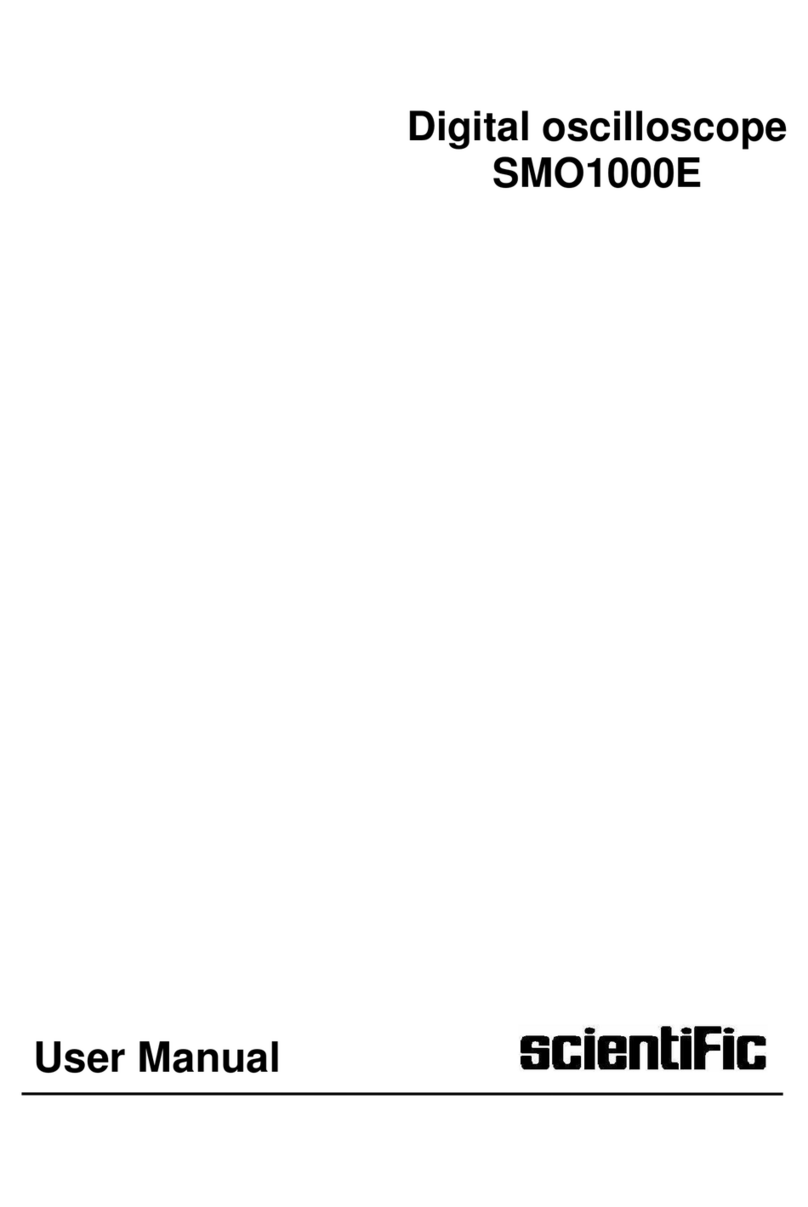
Scientific
SMO2000X-E User Manual 4/198
4.4 Coupling ..................................................................................................37
4.5 Bandwidth Limit .......................................................................................38
4.6 Probe .......................................................................................................38
4.7 Input Impedance ......................................................................................39
4.8 Unit .........................................................................................................39
4.9 Deskew ...................................................................................................39
4.10 Invert........................................................................................................39
4.11 Trace Visible/Hidden ...............................................................................40
5. Horizontal System ...............................................................................................41
5.1 Horizontal Scale ......................................................................................42
5.2 Trigger Delay ...........................................................................................42
5.3 Roll ..........................................................................................................42
5.4 Zoom .......................................................................................................43
6. Sample System .................................................................................................... 45
6.1 Run Control ............................................................................................. 46
6.2 Overview .................................................................................................47
6.2.1 Sampling Theory .......................................................................47
6.2.2 Sample Rate ..............................................................................47
6.2.3 Bandwidth and Sample Rate .....................................................48
6.3 Memory Depth..........................................................................................49
6.4 Sampling Mode ........................................................................................49
6.5 Interpolation Method ................................................................................49
6.6 Acquisition Mode......................................................................................51
6.6.1 Normal ....................................................................................... 51
6.6.2 Peak Detect ...............................................................................52
6.6.3 Average .....................................................................................54
6.6.4 Eres ...........................................................................................55
6.7 Horizontal Format ....................................................................................55
6.8 Sequence Mode ......................................................................................57
7. Trigger ................................................................................................................. 59
7.1 Trigger Source .........................................................................................60
7.2 Trigger Mode ...........................................................................................60
7.3 Trigger Level ...........................................................................................61
7.4 Trigger Coupling.......................................................................................62
7.5 Holdoff .....................................................................................................62
7.6 Noise Rejection .......................................................................................63
7.7 Trigger Type ............................................................................................65
7.7.1 Edge Trigger...............................................................................65

































